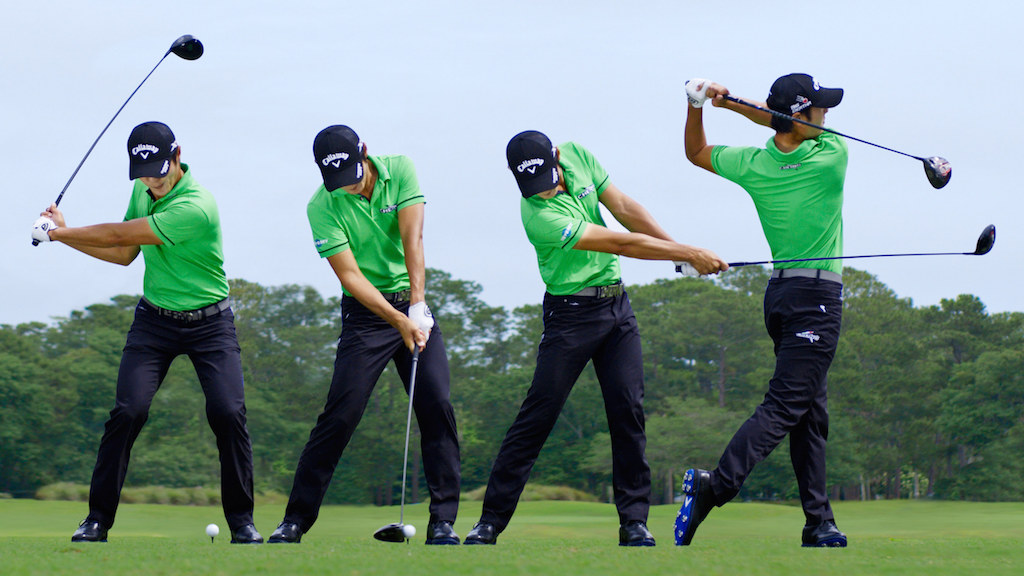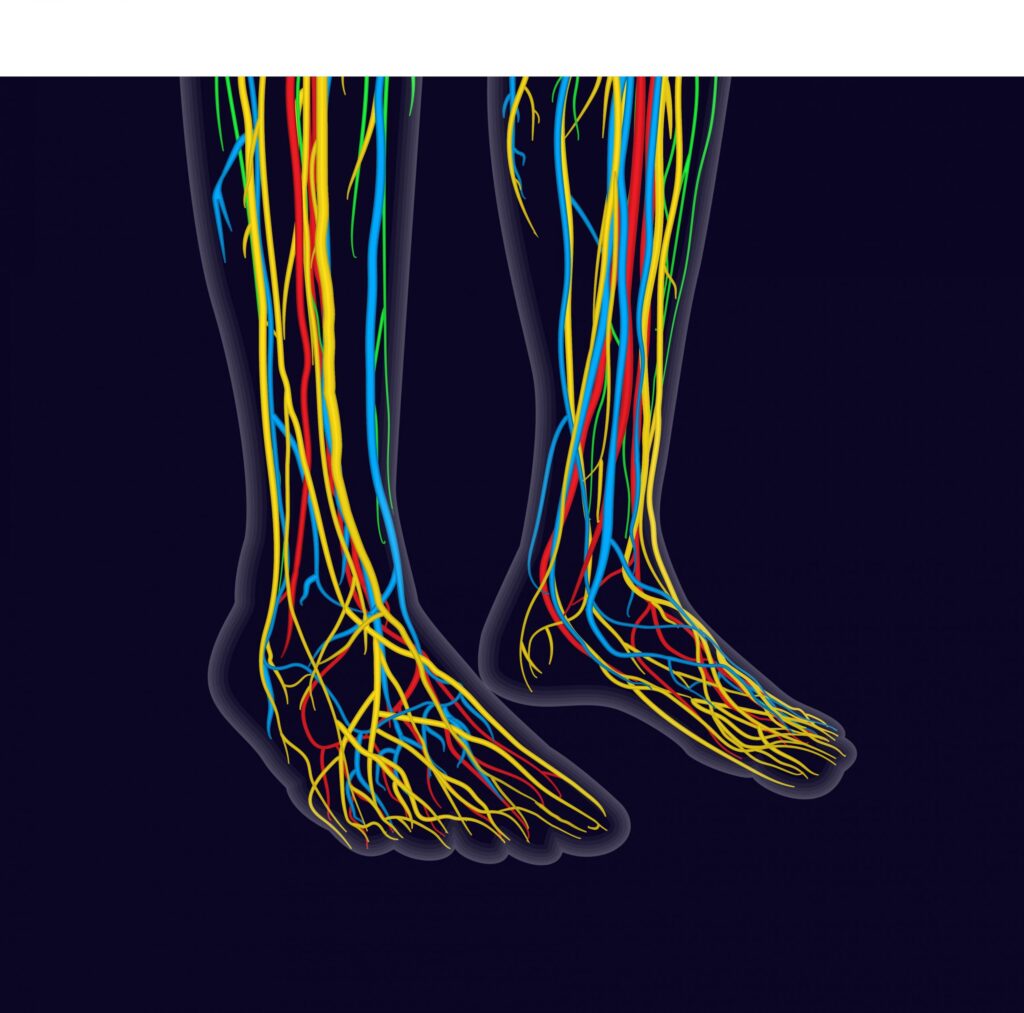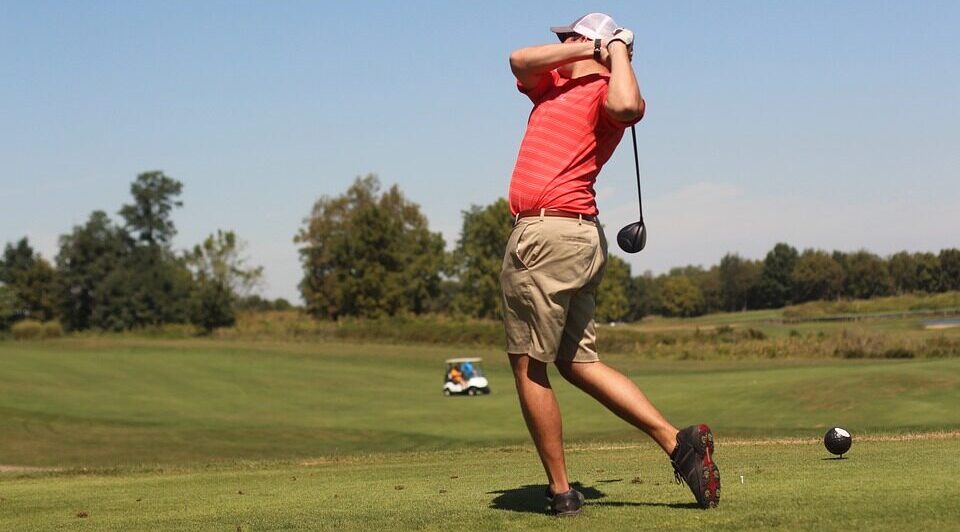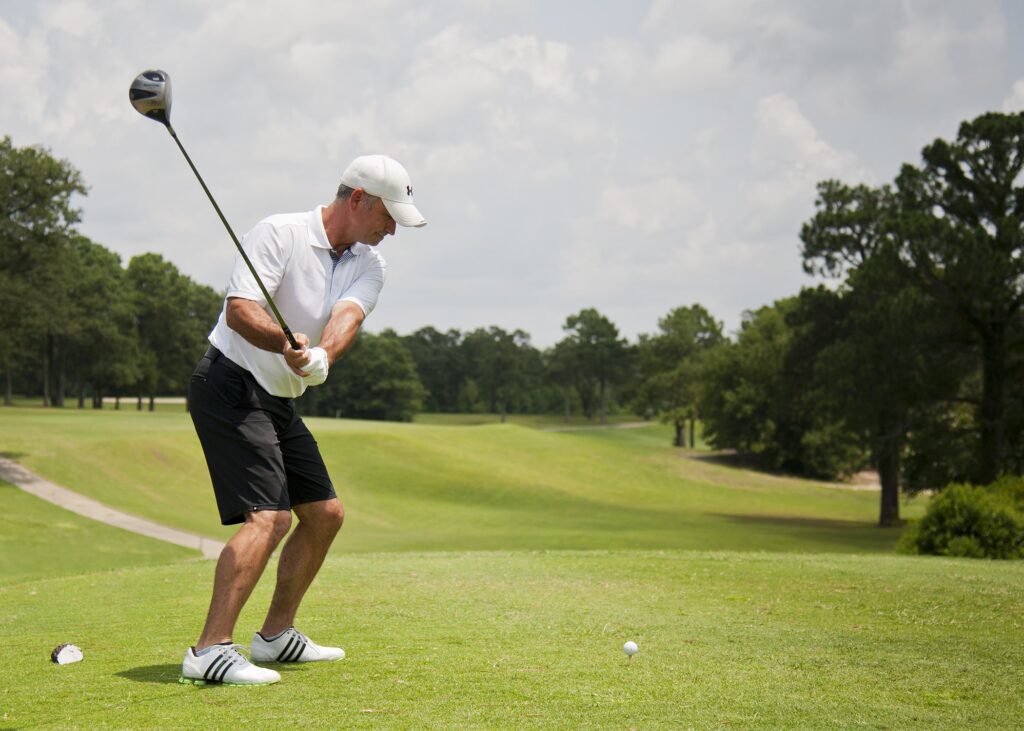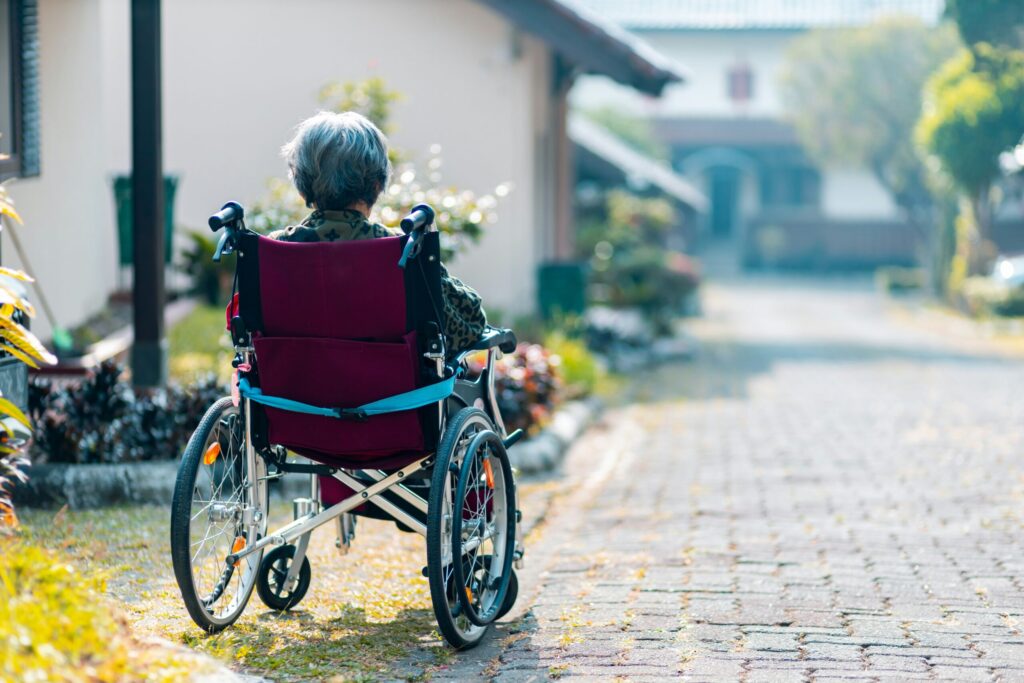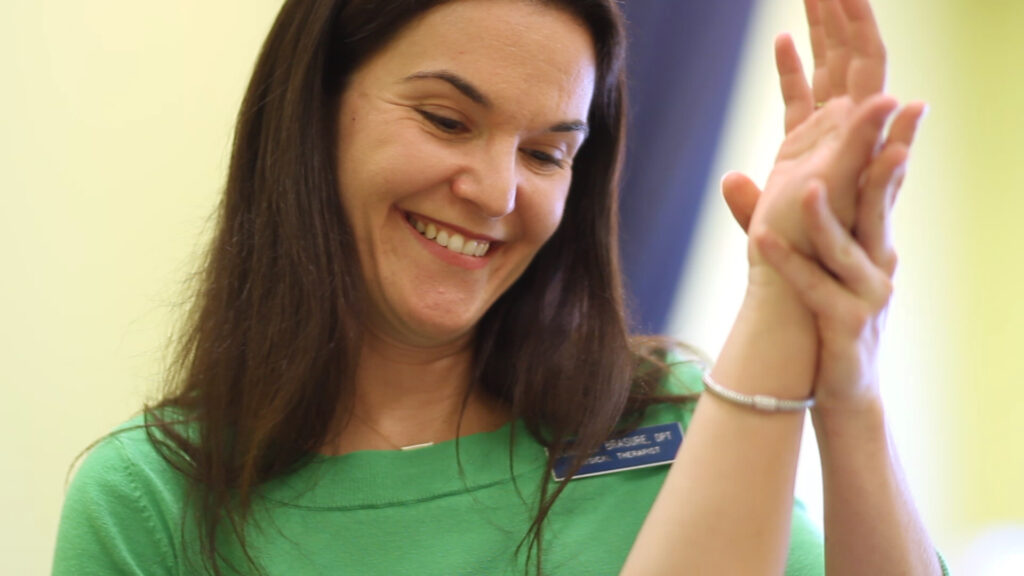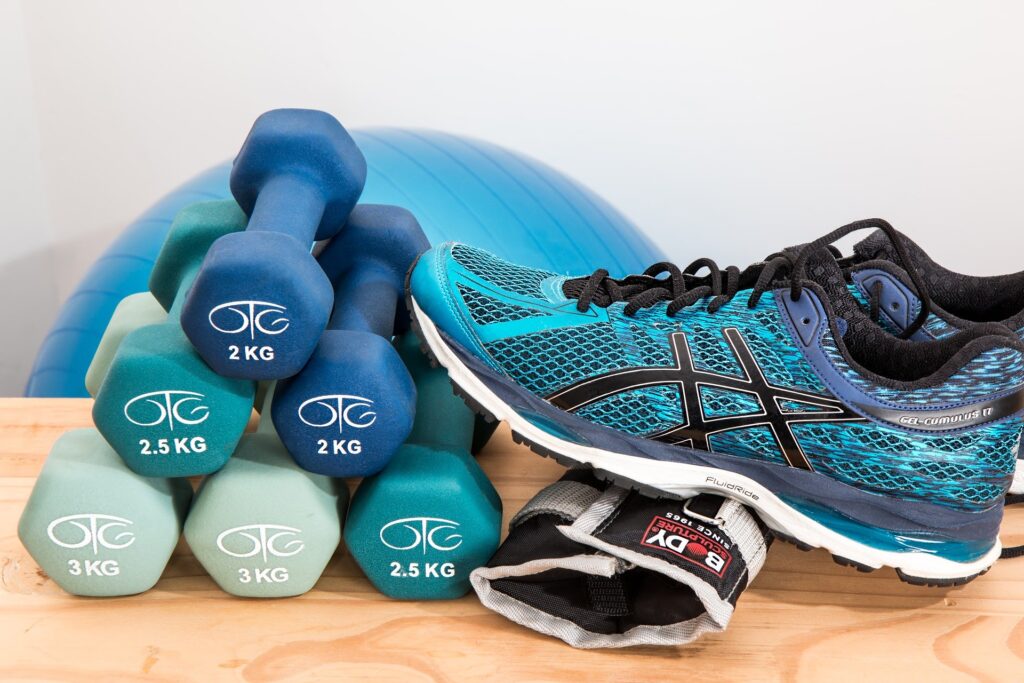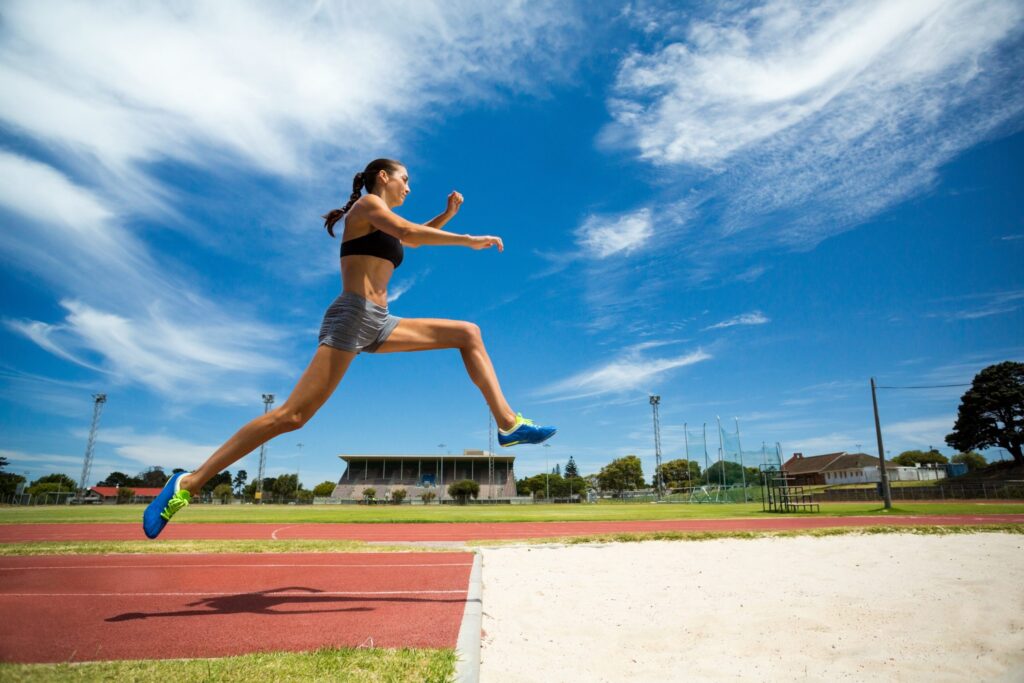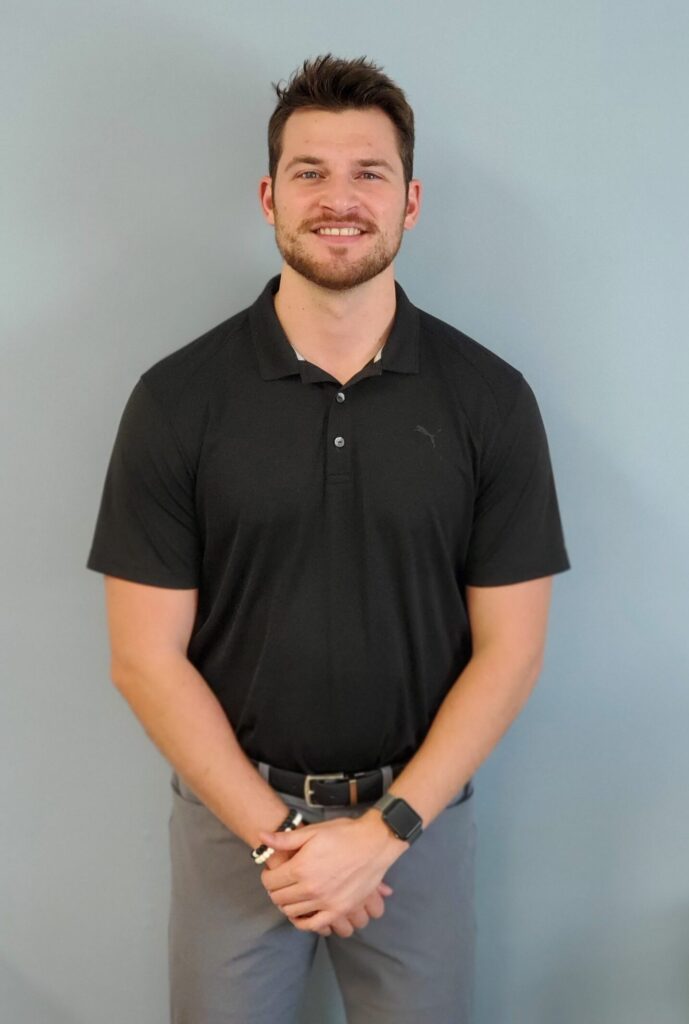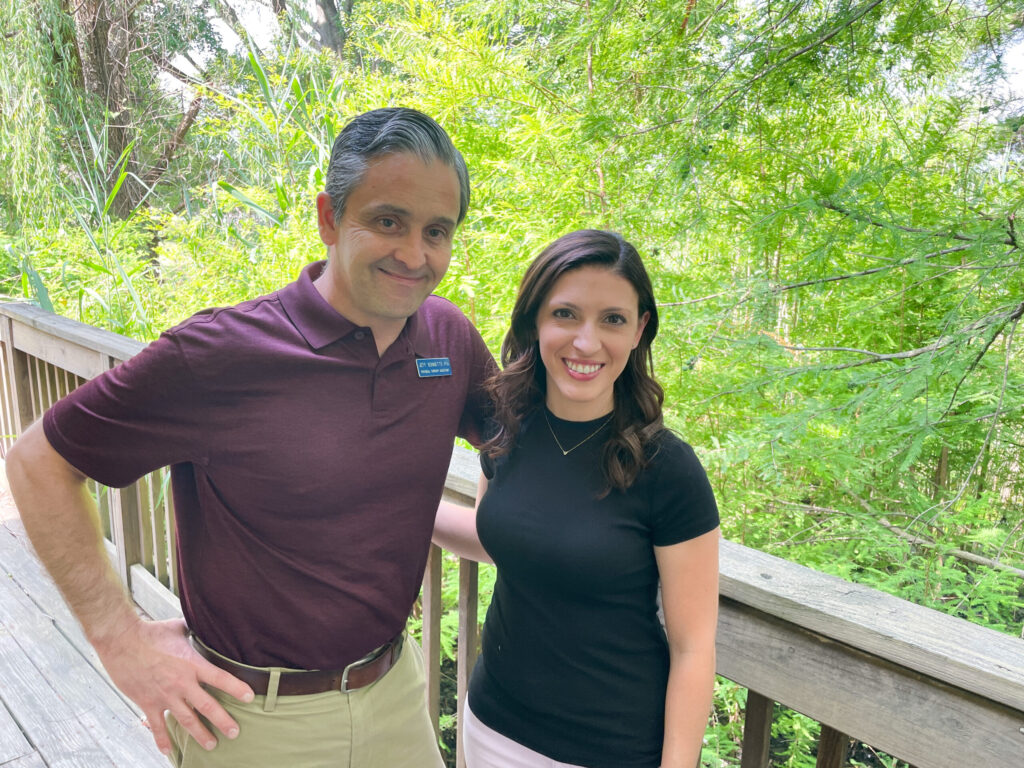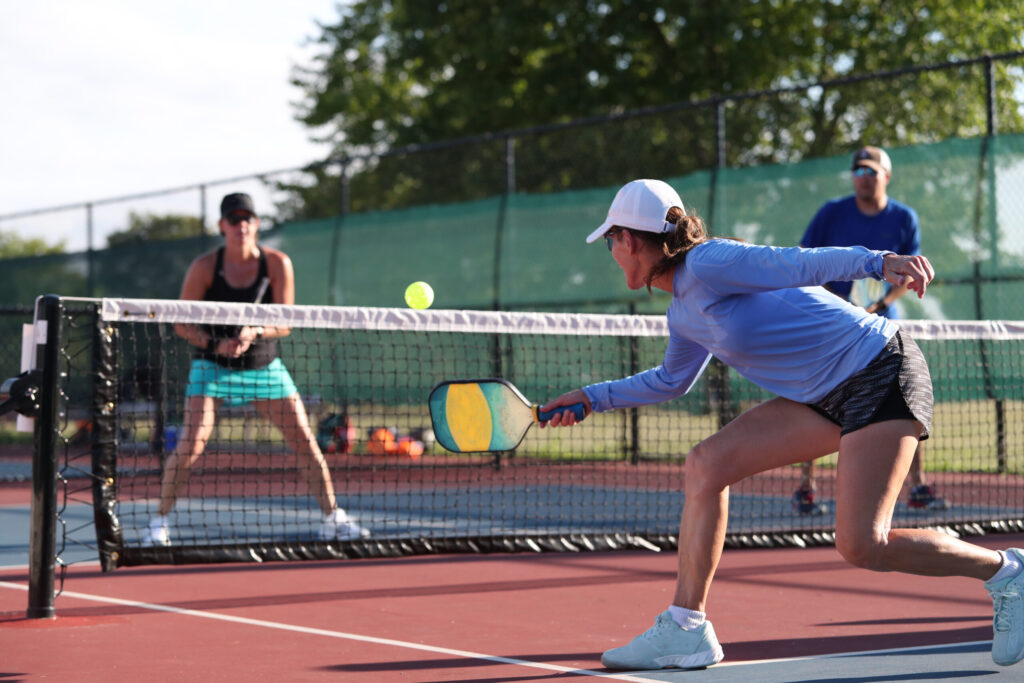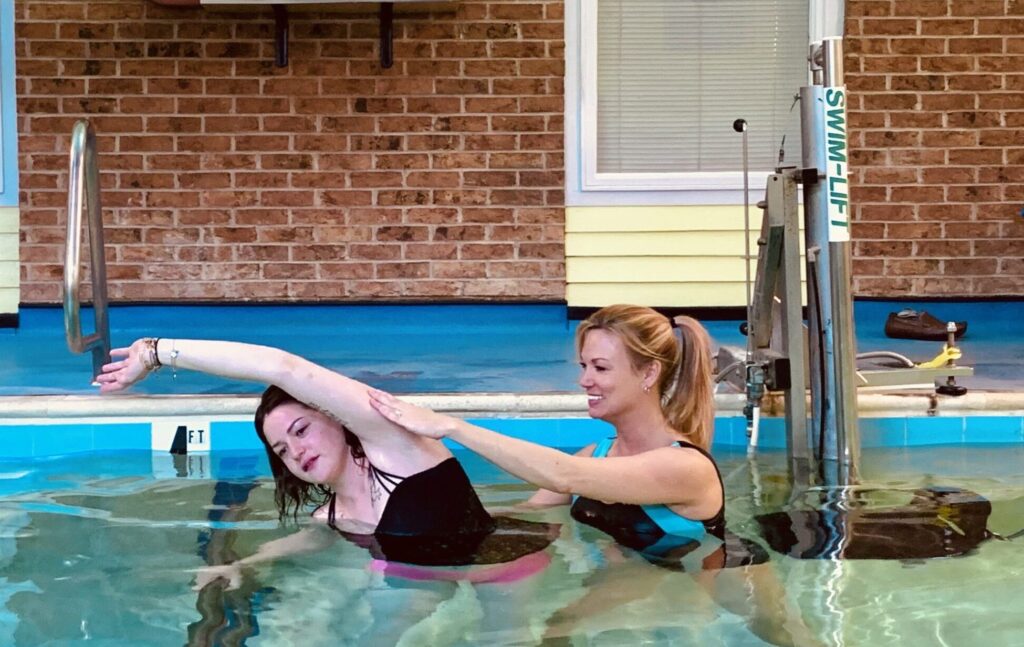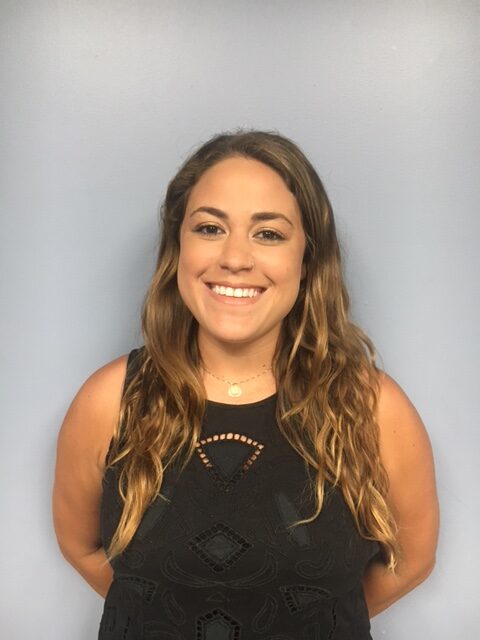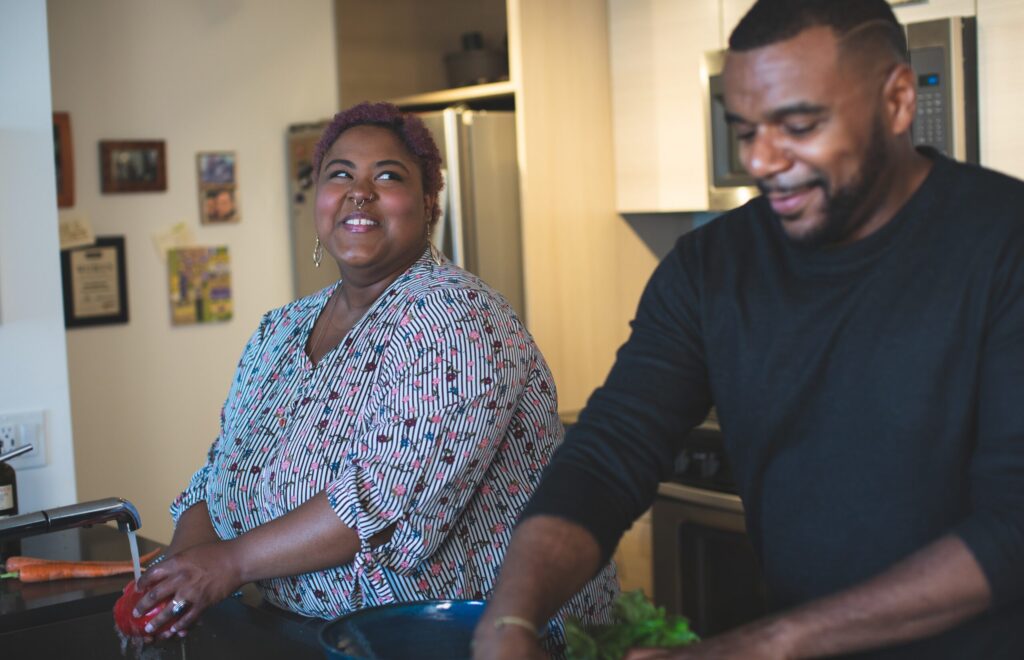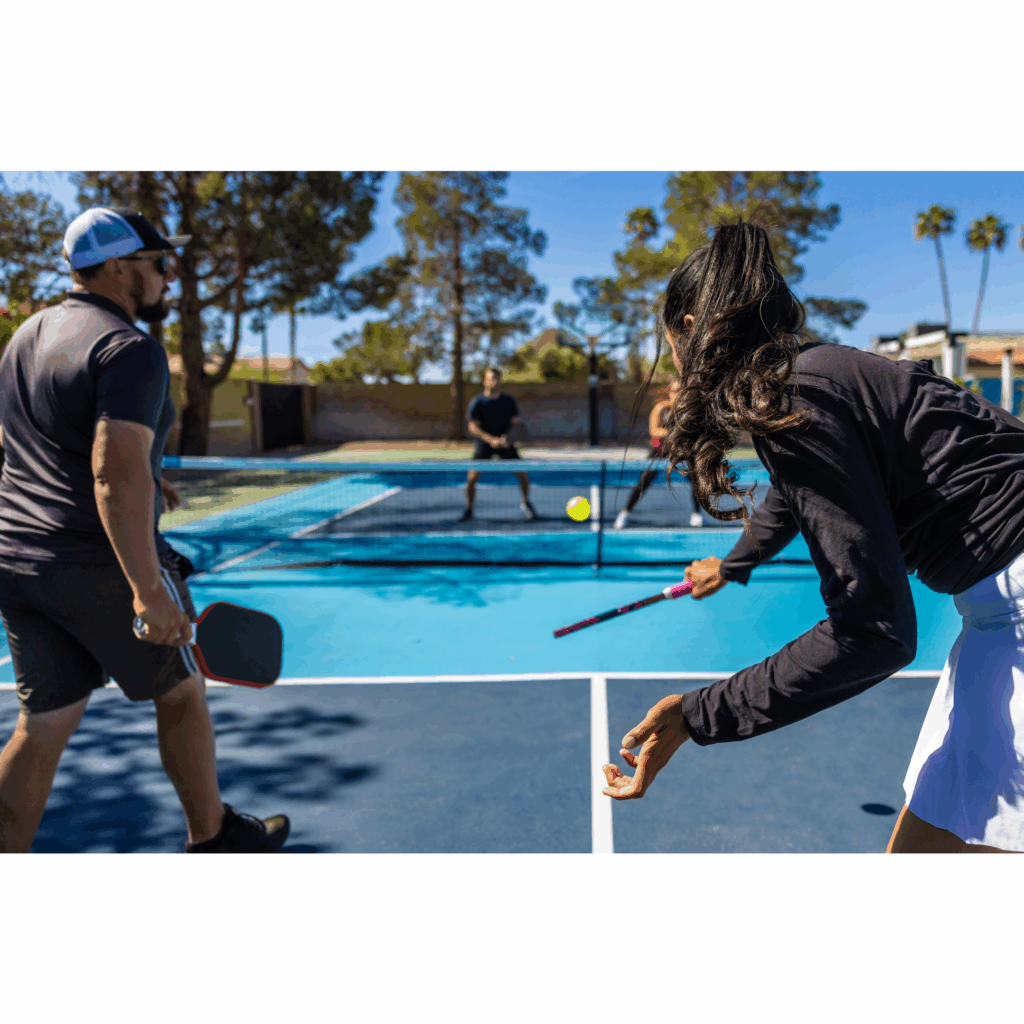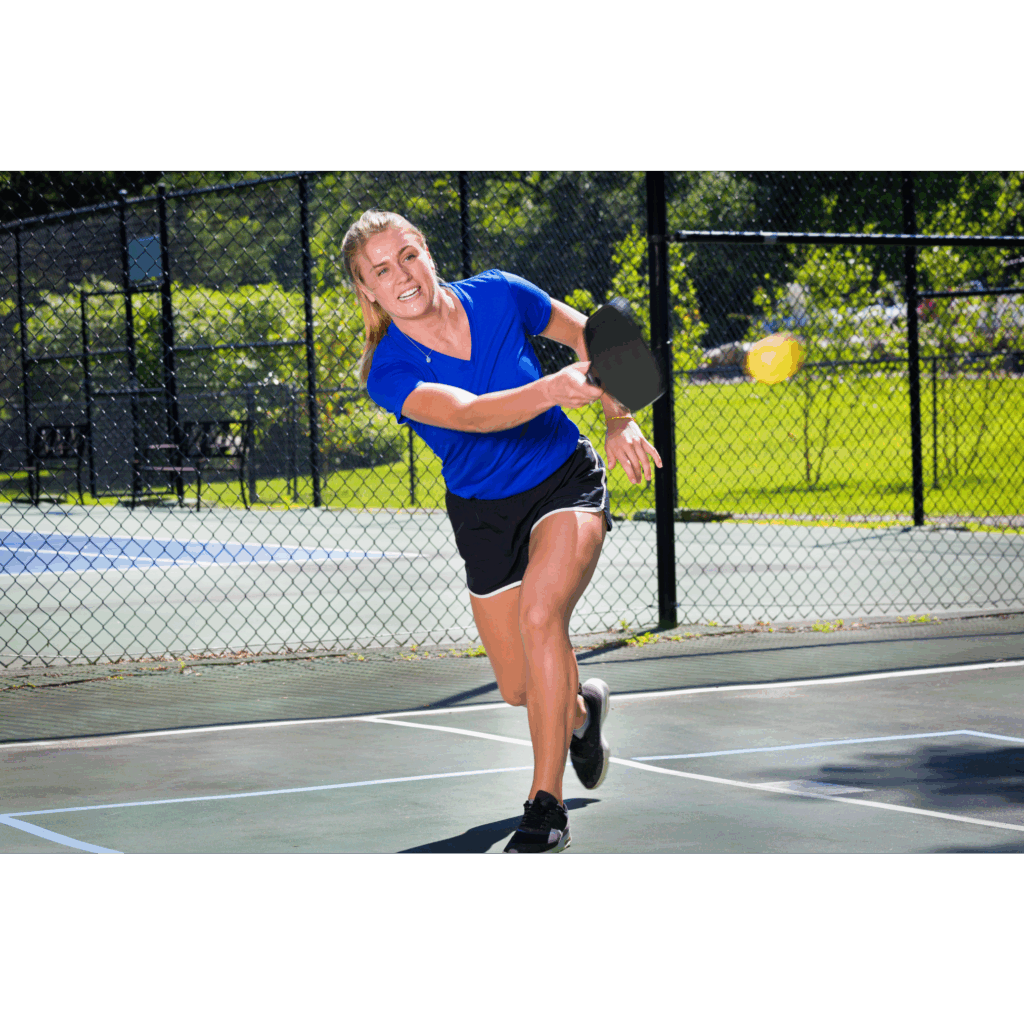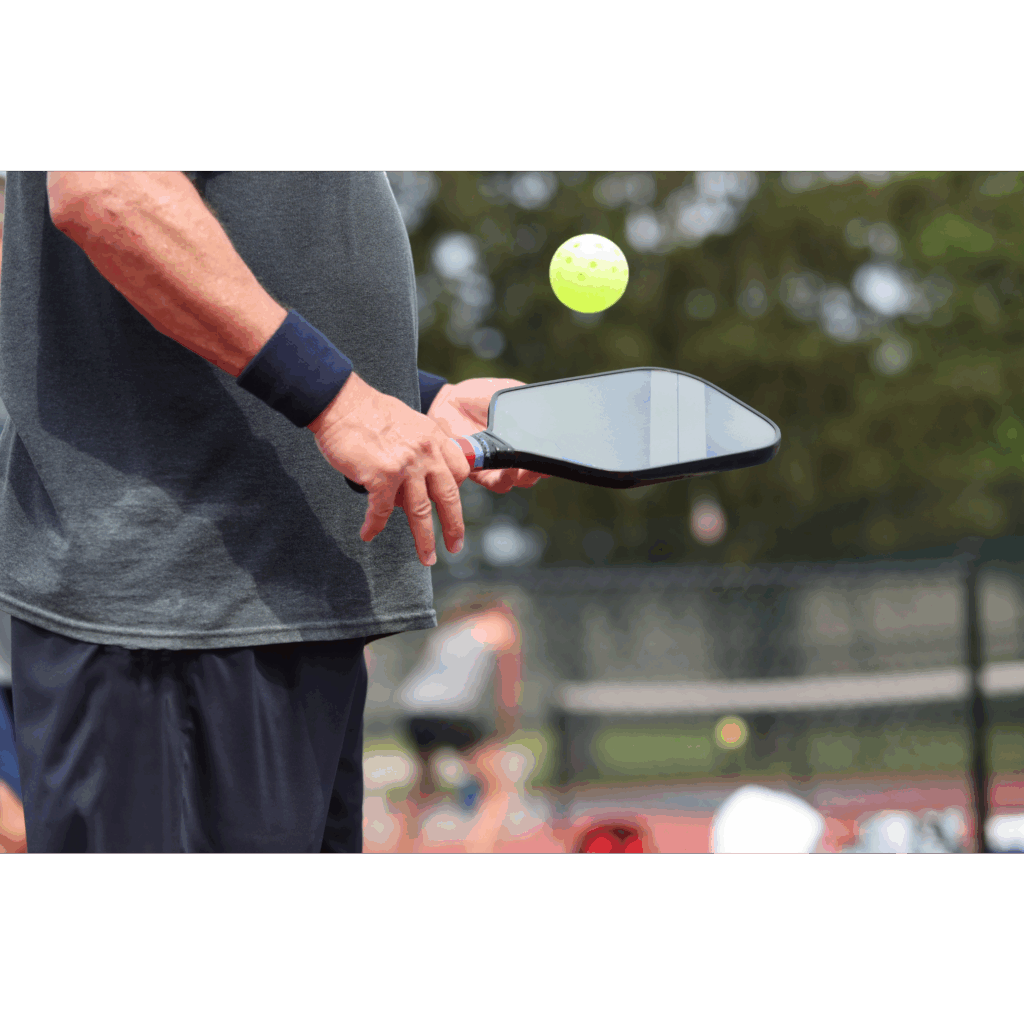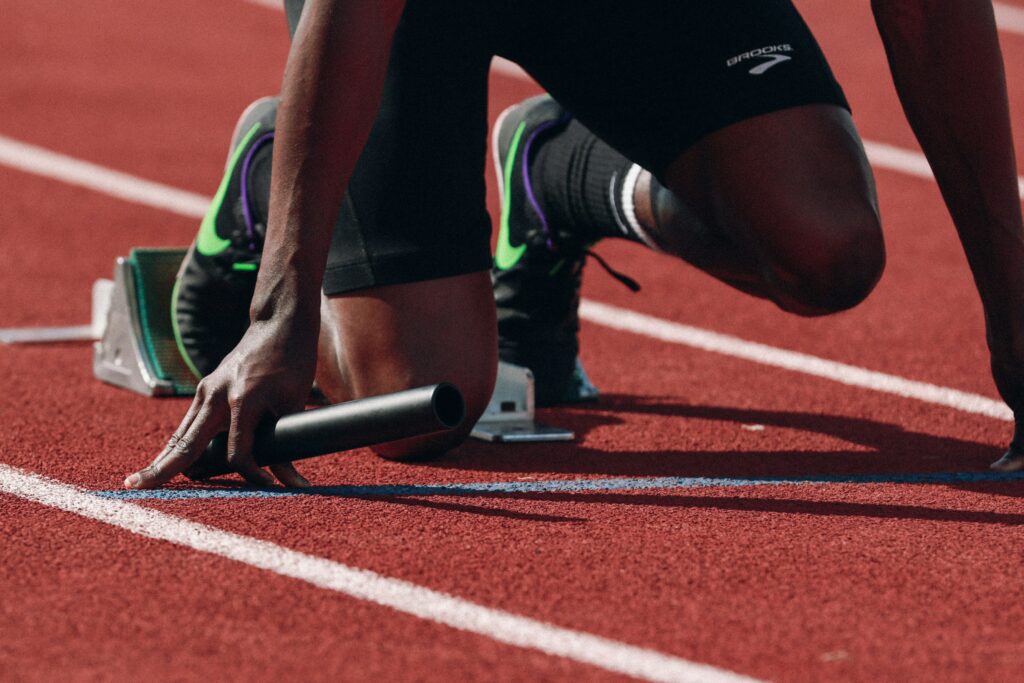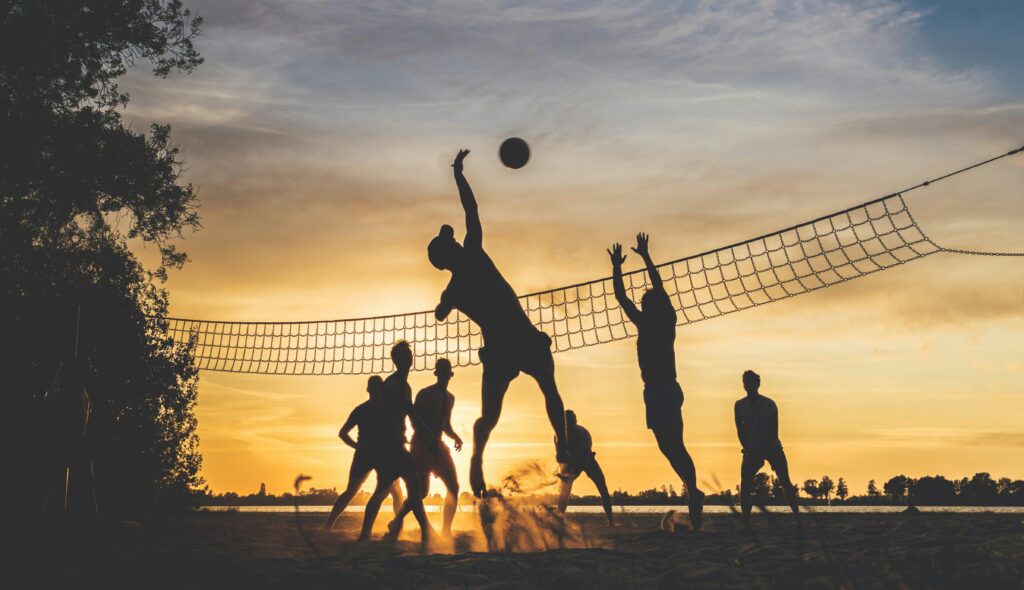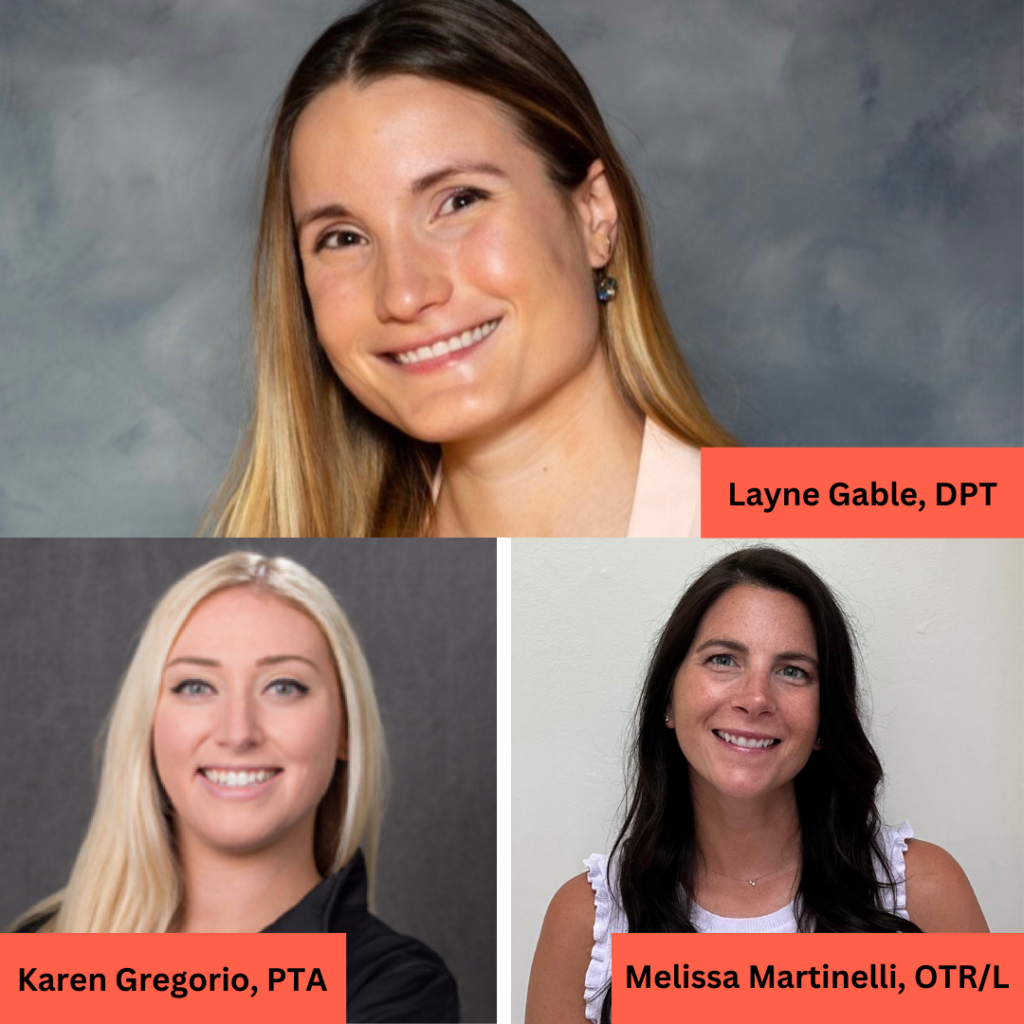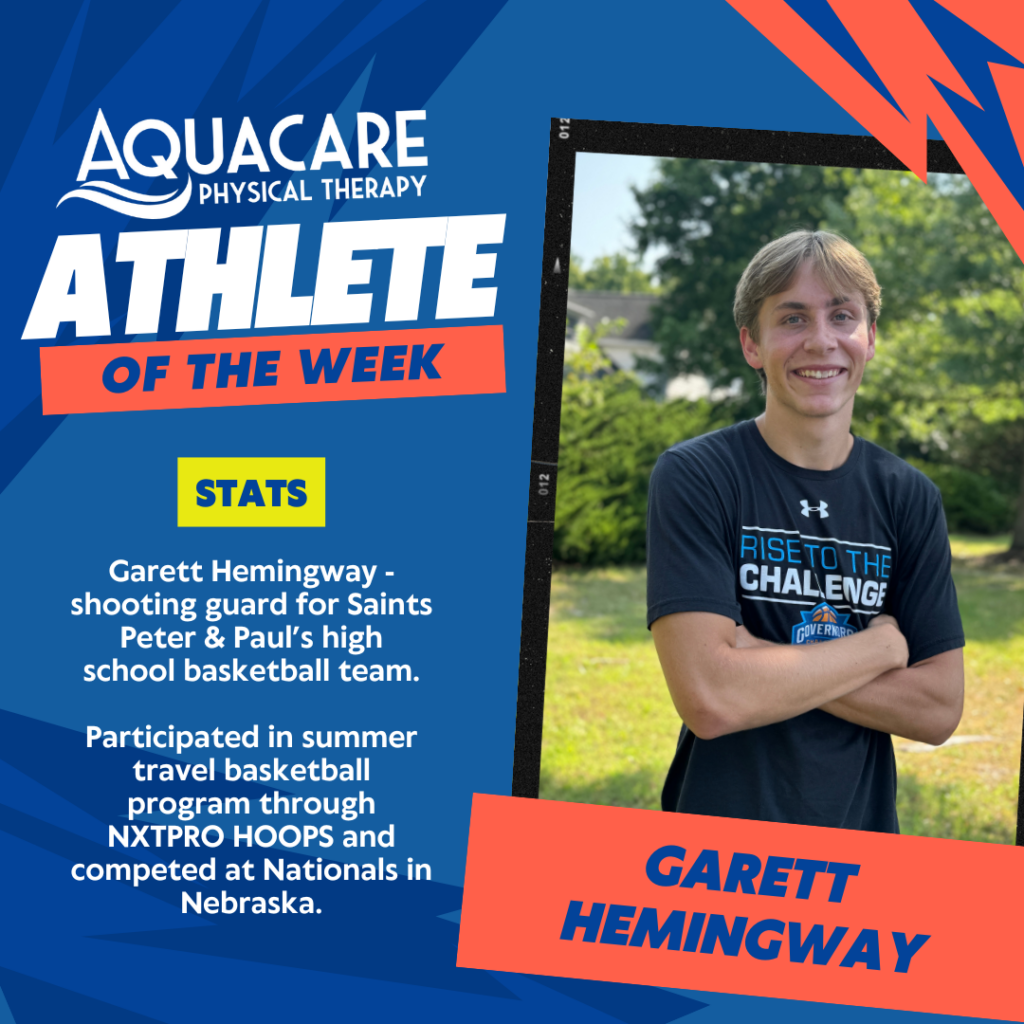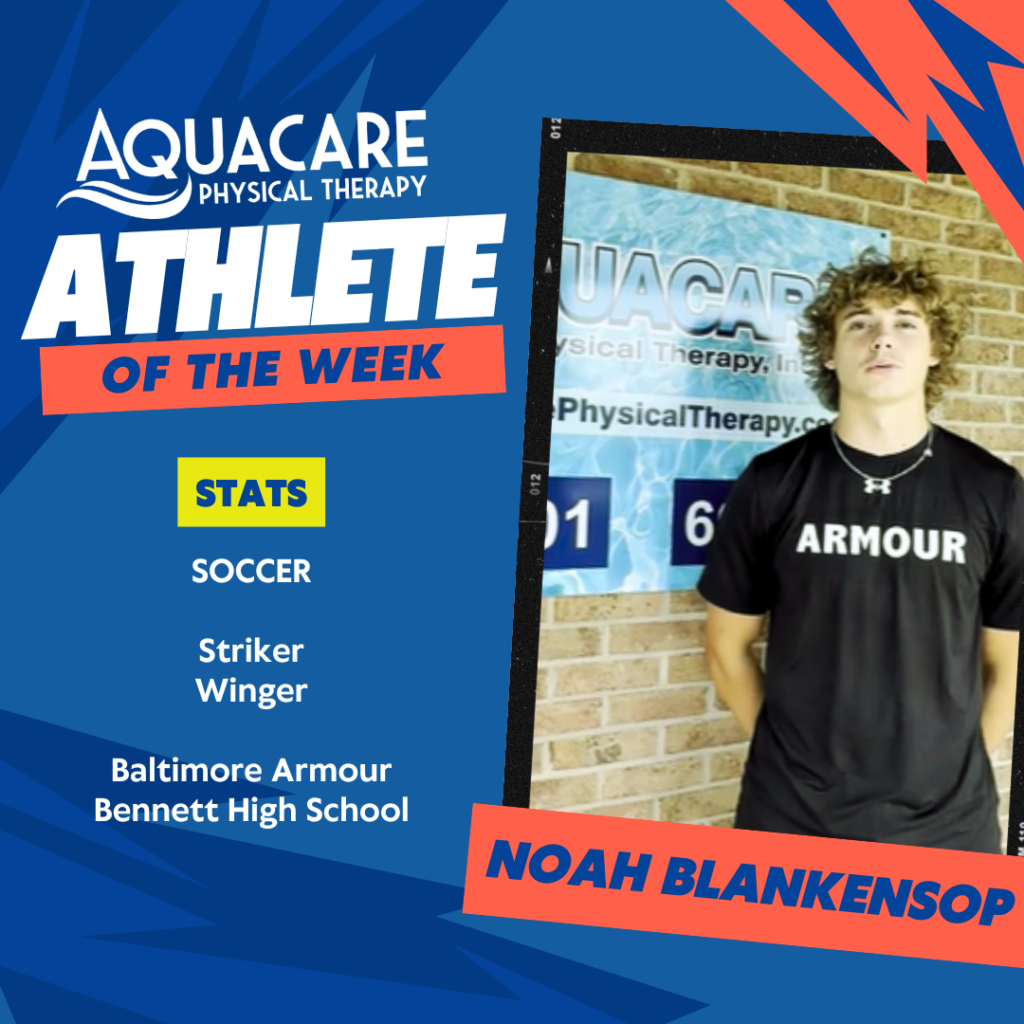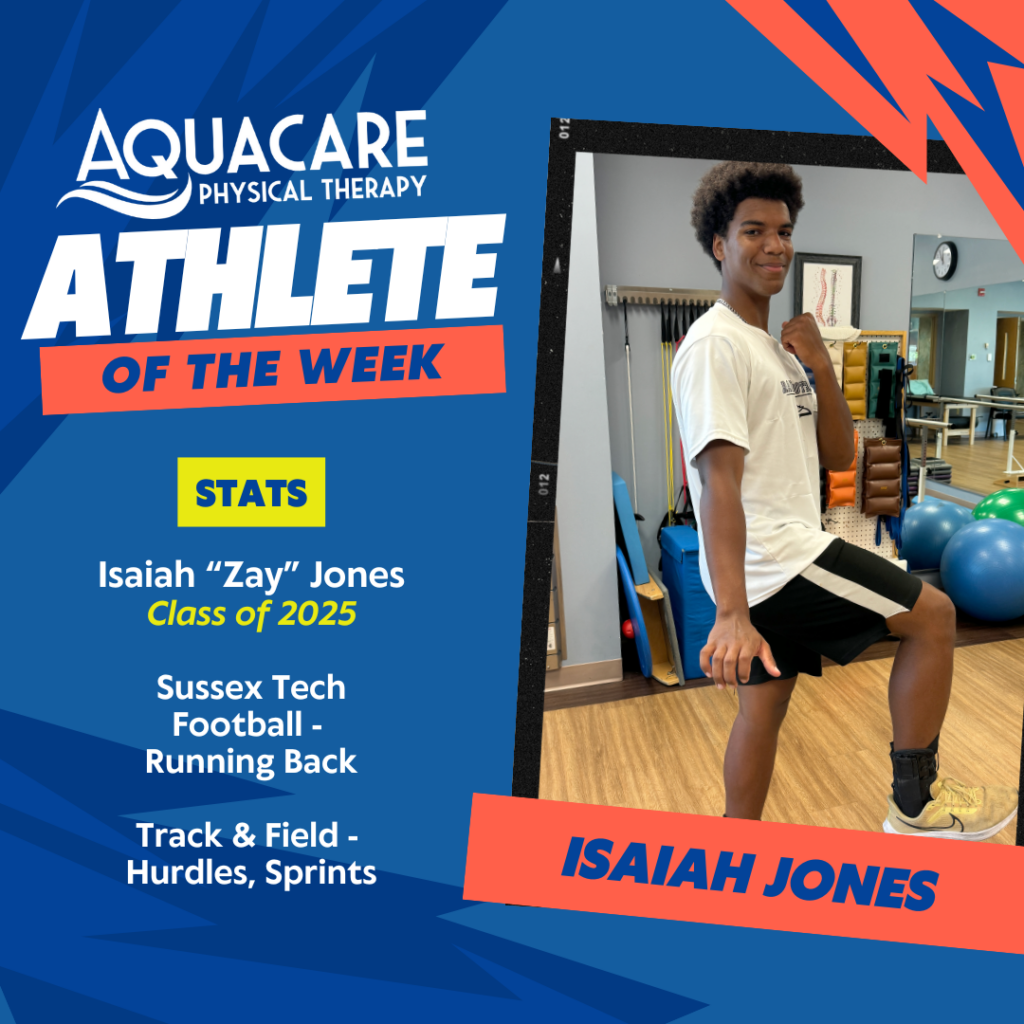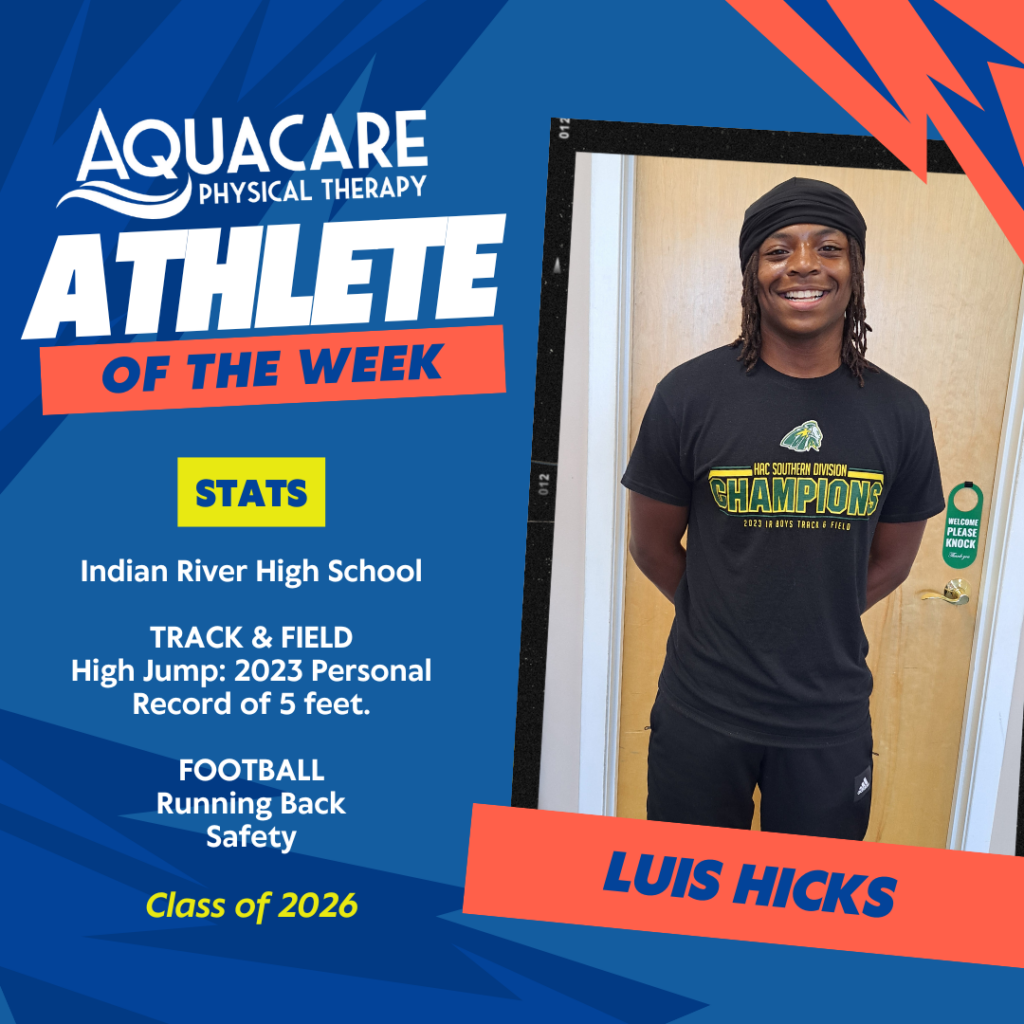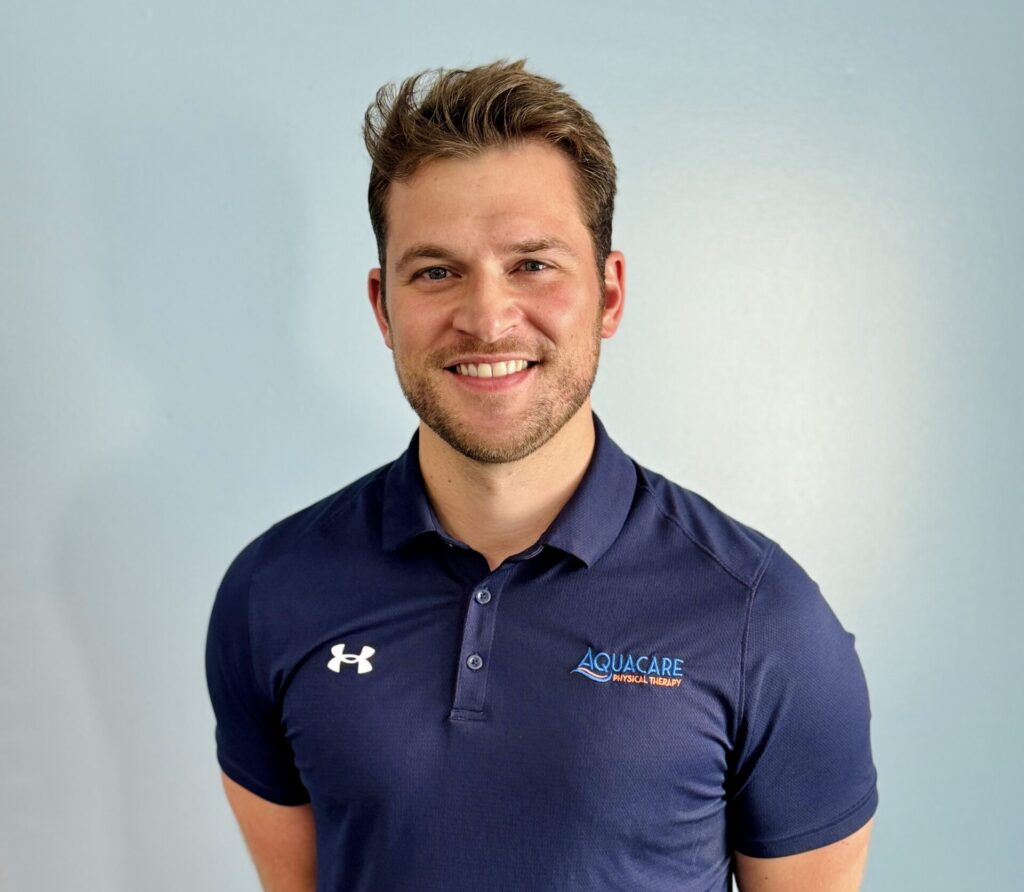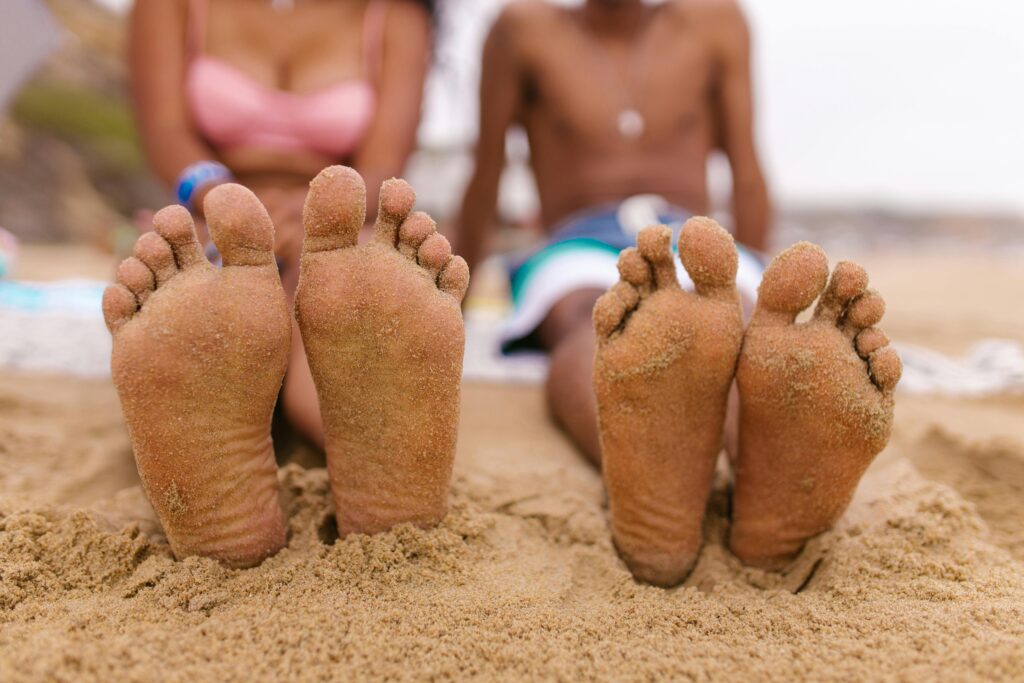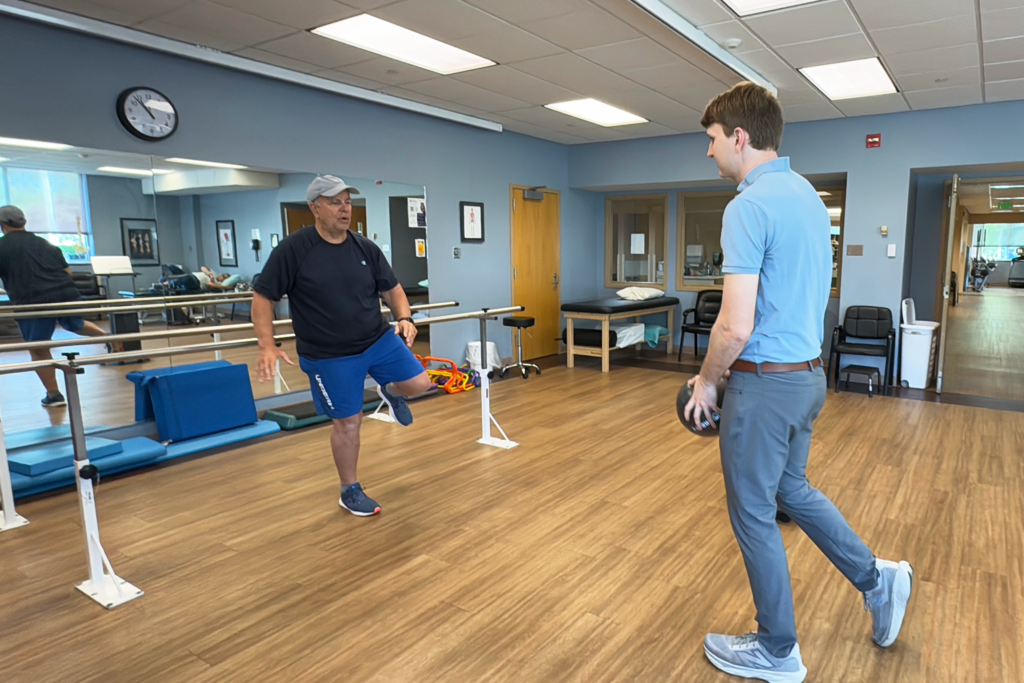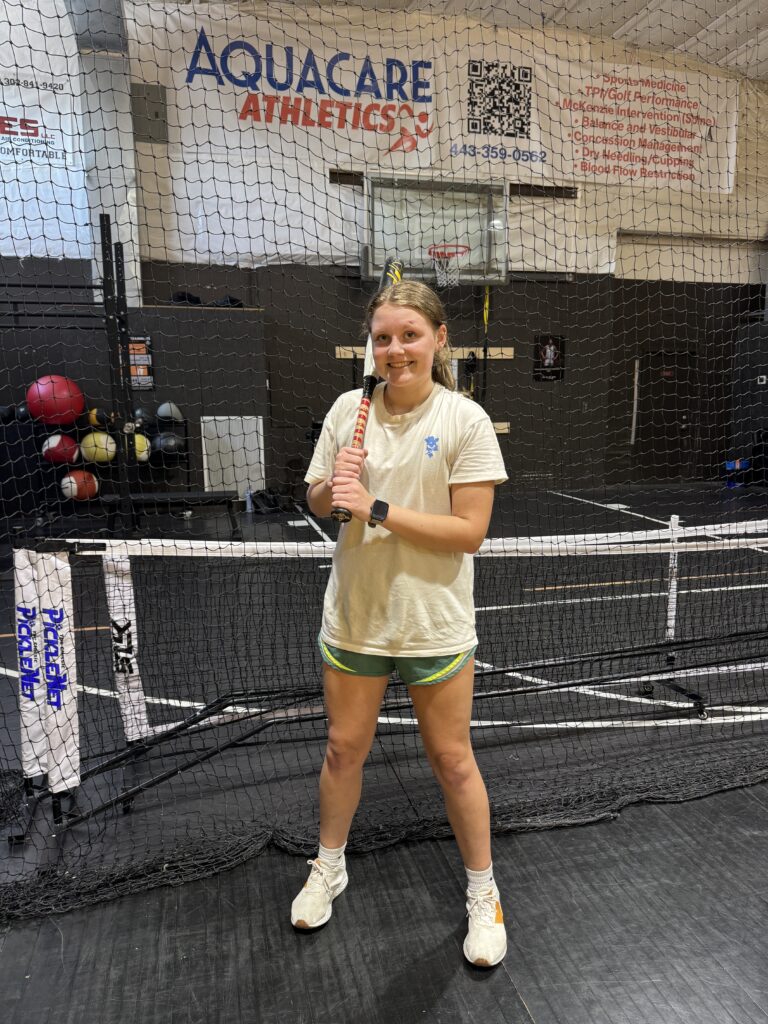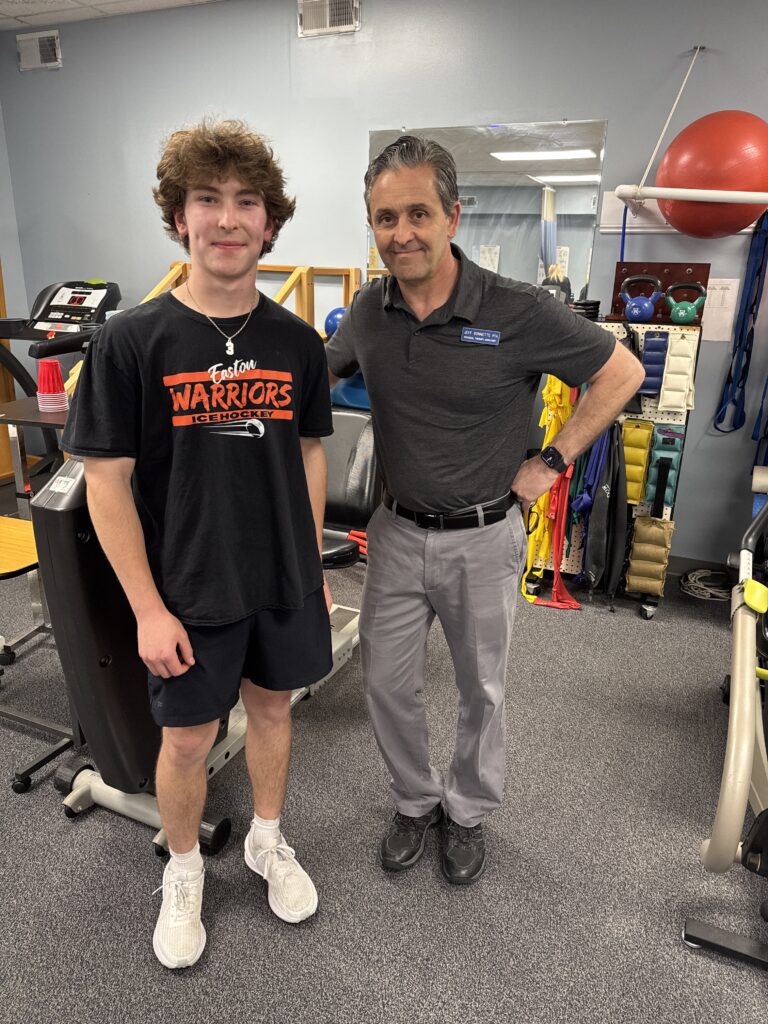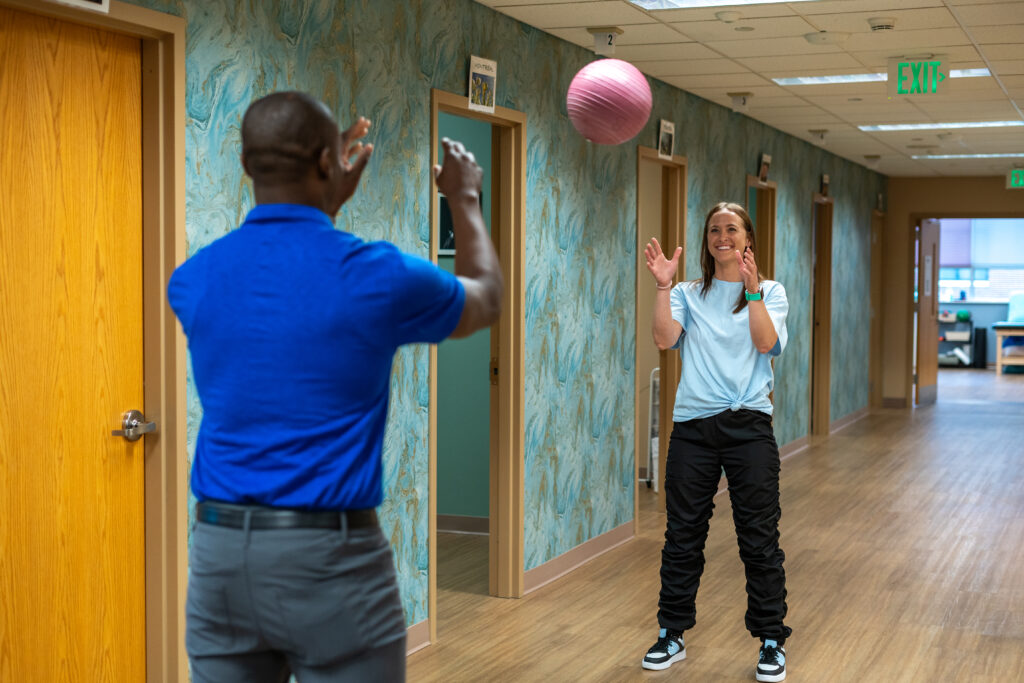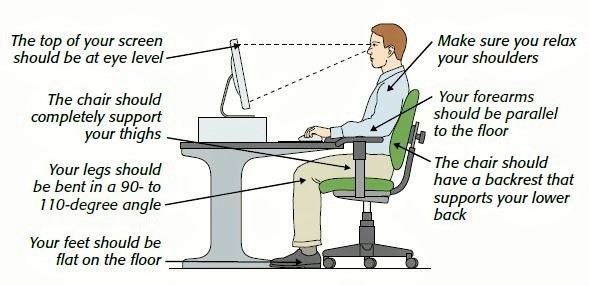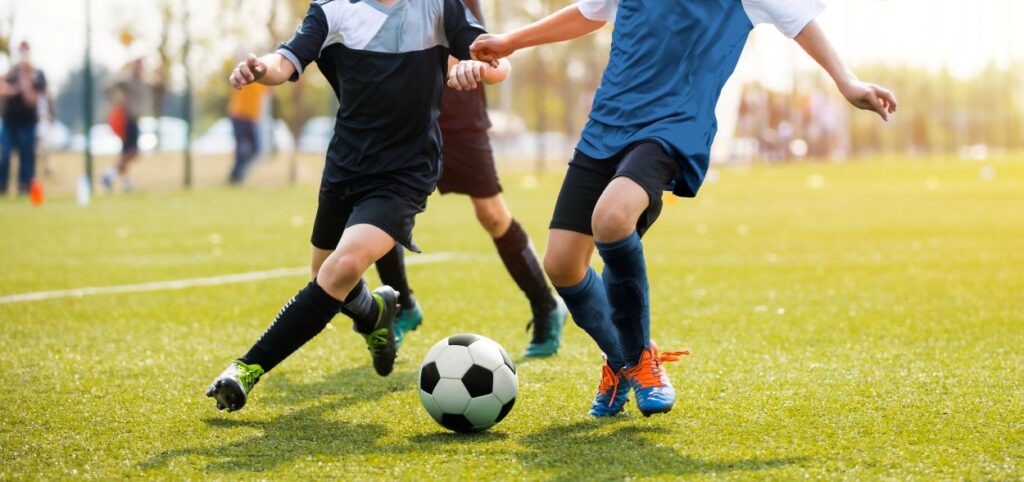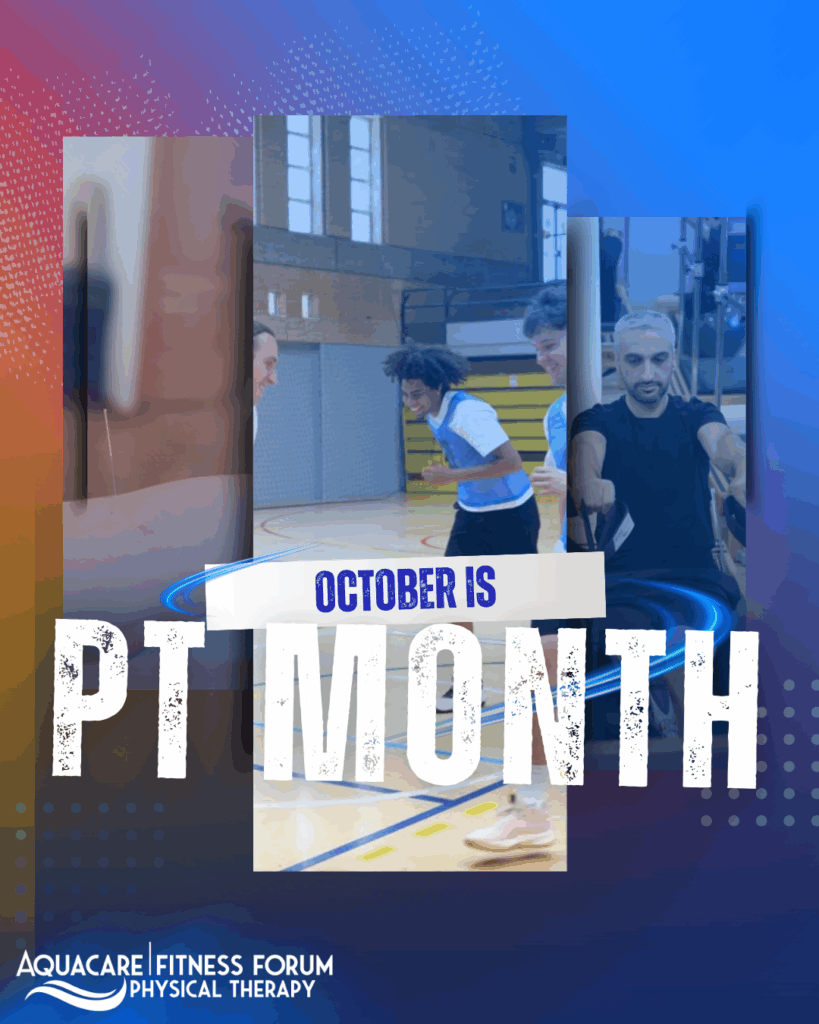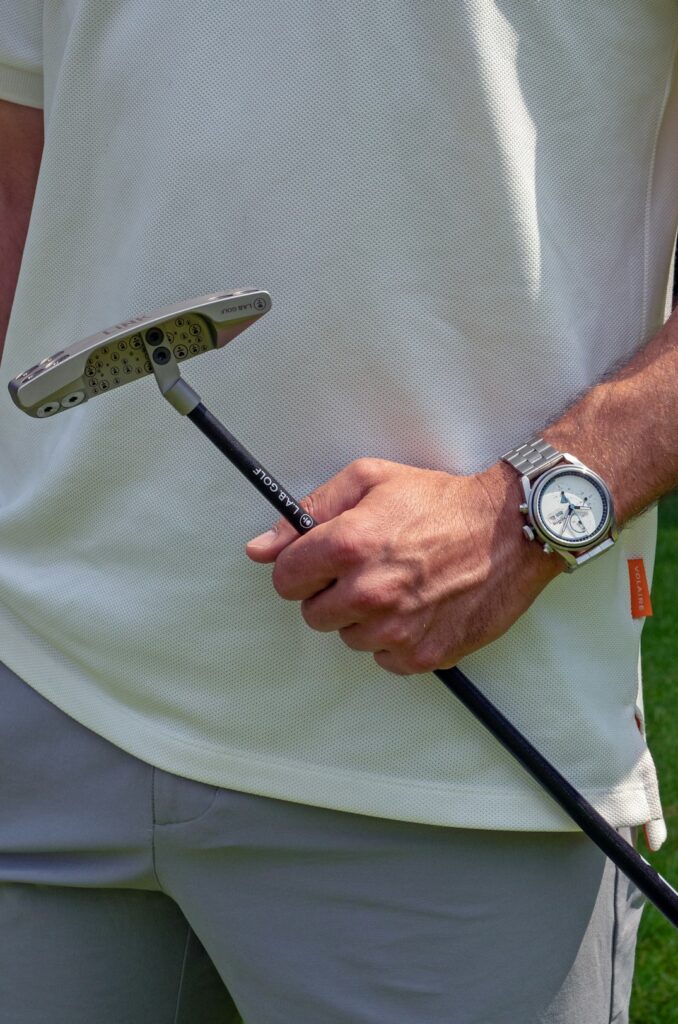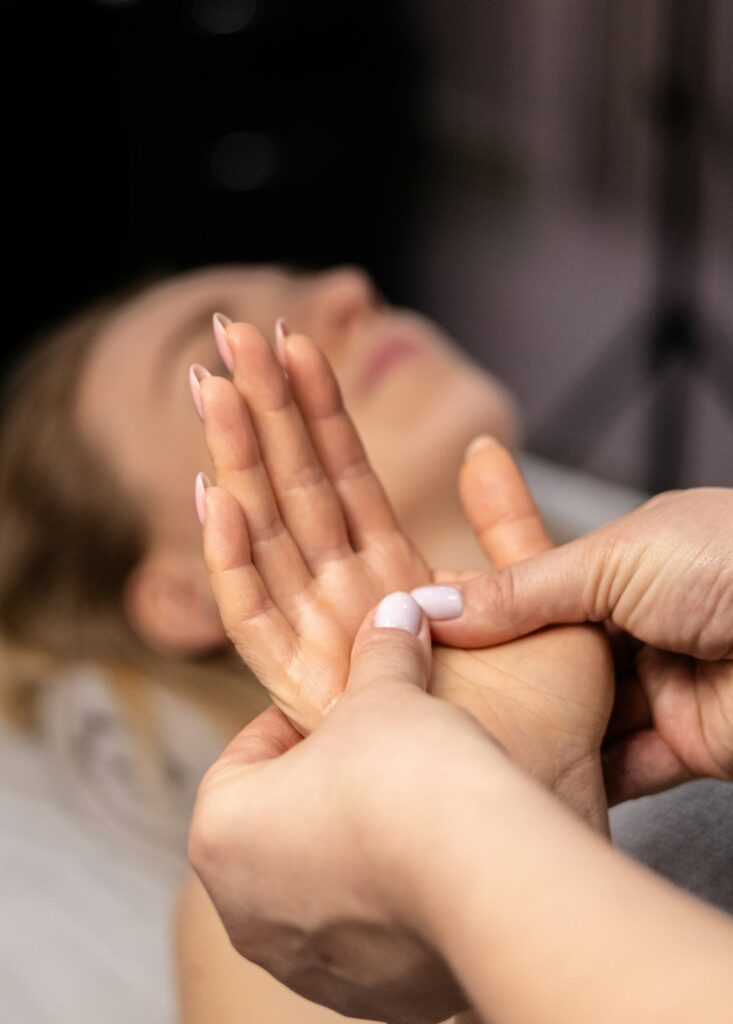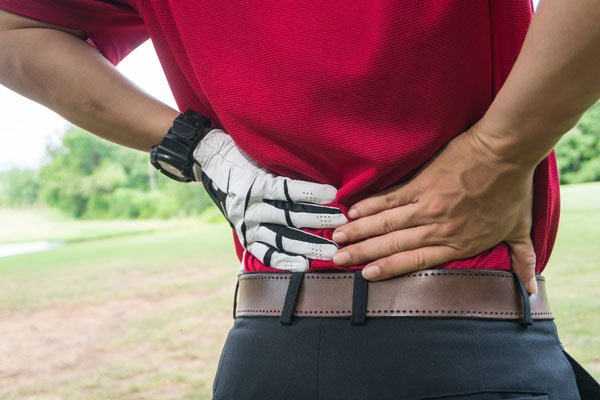
How Physical Therapy Helps Athletes Bounce Back from Herniated Disks

Attention, sports enthusiasts and weekend warriors! If you’ve ever experienced the sharp, shooting pain of a herniated disk, you know it’s no joke. This common sports injury can sideline even the toughest athletes. But don’t hang up your cleats just yet – physical therapy can be your ticket back to the field, court, or track. Let’s dive into how PT can help you recover and get back to doing what you love.
What’s a Herniated Disk, Anyway?
Think of your spinal disks as the shock absorbers between the vertebrae in your spine. When one of these cushions ruptures or bulges out of place, that’s a herniated disk. It often causes pain, numbness, or weakness in your back, legs, or arms, depending on the location.
Sports That Put You at Risk
While any athlete can experience a herniated disk, some sports carry a higher risk:
- Golf: All that twisting can wreak havoc on your spine.
- Football: Tackles and sudden impacts? Your disks are not fans.
- Weightlifting: Poor form can lead to serious back issues.
- Gymnastics: Repetitive bending and twisting are prime culprits.
- Tennis: The constant rotation and quick movements can stress your spine.
The Road to Recovery: How Long Does It Take?
Recovery time varies, but most athletes can return to their sport within 6-12 weeks with proper treatment. Some may bounce back faster, while others might need a few months. The key? Following your physical therapist’s plan religiously.
Physical Therapy: Your Comeback Playbook
Now, let’s talk about how physical therapy can get you back in the game. Your PT will create a customized plan, but here are some common elements:
- Pain Management Techniques:
- Ice and heat therapy
- Electrical stimulation
- Ultrasound therapy
- Manual Therapy: Your PT might use hands-on techniques to improve mobility and reduce pain.
- Specific Exercises and Stretches: Here’s where the magic happens. Your PT might include:
- a) McKenzie Exercises:
- Lie on your stomach and prop yourself up on your elbows.
- Hold for 5-10 seconds, then slowly lower back down.
- Repeat 10 times, several times a day.
- a) McKenzie Exercises:
- b) Cat-Cow Stretch:
- Start on your hands and knees.
- Arch your back up (like an angry cat) and hold for 5 seconds.
- Then, drop your belly and lift your head (like a cow), holding for 5 seconds.
- Repeat 10 times.
- c) Bird Dog Exercise:
- Start on hands and knees.
- Extend your right arm forward and left leg back.
- Hold for 5 seconds, then switch sides.
- Repeat 10 times on each side.
- d) Pelvic Tilts:
- Lie on your back with knees bent.
- Tighten your abs and push your lower back into the floor.
- Hold for 5 seconds, then relax.
- Repeat 10 times.
- Core Strengthening: A strong core is crucial for protecting your spine. Your PT will likely include planks, bridges, and other core-focused exercises.
- Flexibility Training: Improving flexibility, especially in your hamstrings and hip flexors, can reduce stress on your lower back.
- Sport-Specific Rehabilitation: As you progress, your PT will incorporate exercises that mimic movements in your sport, ensuring you’re ready for action.
The Comeback Trail: Milestones to Watch For
Your PT will guide you through stages of recovery:
- Pain reduction and improved range of motion
- Core strength and stability improvements
- Sport-specific movement training
- Gradual return to sport activities
Remember, rushing back too soon can lead to re-injury. Listen to your body and your PT!
Prevention: The Best Medicine
Once you’re back in action, your PT will arm you with strategies to prevent future herniated disks:
- Proper warm-up routines
- Correct posture and form for your sport
- Ongoing core strengthening exercises
- Flexibility maintenance
The Final Whistle
Recovering from a herniated disk is a journey, but with dedicated physical therapy, you can make a strong comeback. Stay patient, follow your PT’s guidance, and before you know it, you’ll be back to scoring goals, sinking baskets, or whatever it is that makes your athletic heart sing.
Remember, every athlete’s recovery is unique. Always consult with your doctor and physical therapist for a plan tailored to your specific needs and sport. Now, get out there and show that herniated disk who’s boss!

